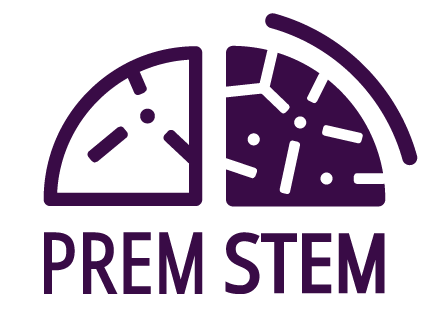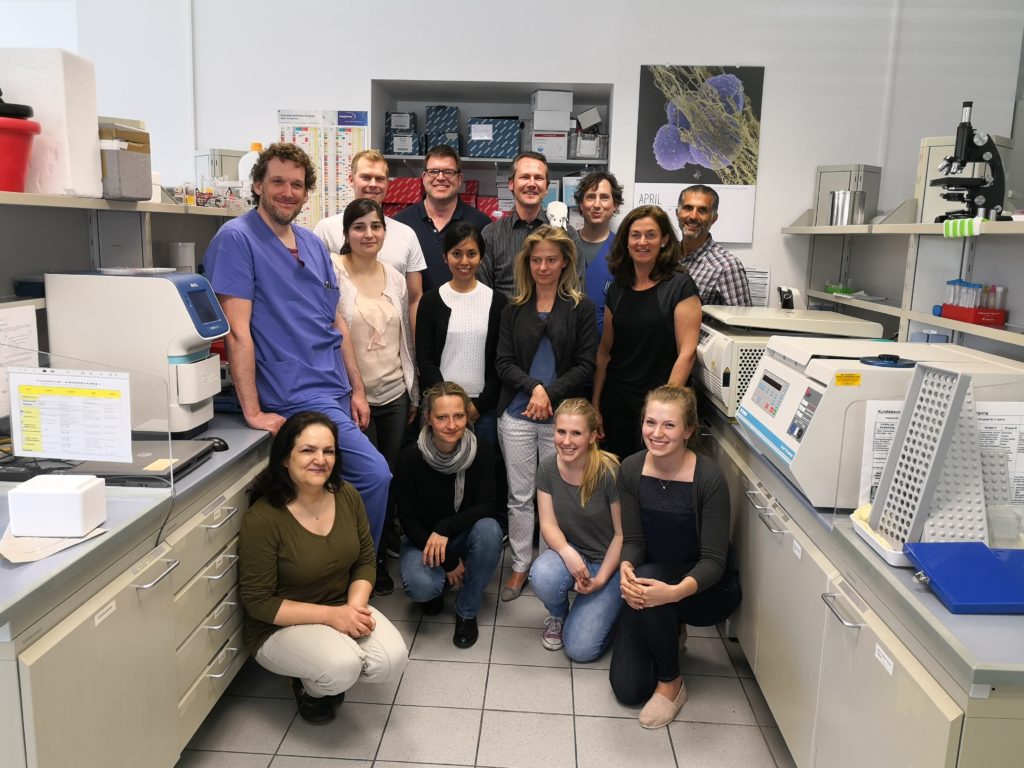our research explained
why is this research important?
Project overview
The brain injury in the premature born infant: stem cell regeneration research network (PREMSTEM) is a global team focused on delivering a novel regenerative therapy to reduce the enormous emotional and economic implication of neurodevelopmental injury caused by brain damage associated with premature birth.
There are currently no treatments to repair this brain damage, which is also known as encephalopathy of prematurity (EOP). This is what we aim to achieve in this project.
What is preterm birth?
‘extremely preterm’
Born before
28 weeks of gestation
‘very preterm’
Born between
28 and 32 weeks
‘late preterm’
Born between
32 and 37 weeks
is preterm birth common?

What are the health implications for infants born preterm?
In advanced healthcare settings, more than half of babies born before 28 weeks survive. However, around a third of those born between 28 and 32 weeks will have lifelong disability, including cerebral palsy, severely impaired cognitive functions, and psychiatric disorders such as attention deficit and hyperactivity disorder (ADHD) and autism spectrum disorder (ASD).
Even babies born ‘late preterm’ (between 32 and 37 weeks) are at increased risk of neonatal mortality and morbidity, including increased rates of cerebral palsy and lower IQ.
Although extreme prematurity leads to the most severe problems, even being born a few weeks early can have significant adverse effects, such as an increased need for special educational support at school.
What is the current treatment for preterm infants affected by brain injury?
There are currently no treatments to repair this brain injury, therefore the most important strategy is one that promotes regeneration of the damaged brain. Diagnosis of the injury is not available until days or weeks after birth.
What is the PREMSTEM project?
The PREMSTEM project brings together world leading clinicians, researchers, stakeholder advocacy groups and an industrial partner with well-established experience in neonatology and drug development.
Our research aims to create a new therapy to treat brain damage associated with preterm birth.
Advances in perinatal medicine, especially in respiratory support, mean that even the sickest and smallest preterm babies survive, but there are currently no treatments to repair the brain damage.
In this project, we are researching the use of stem cells as a regenerative therapy to improve the quality of life for preterm infants who are at a greater risk of brain injury. In doing so we also hope to reduce the emotional and financial strains of their carers.
How will PREMSTEM improve the outlook for preterm infants and their carers?
The damaging effects of preterm birth can have a negative impact on families and communities. Besides the physical and emotional costs to individuals and their carers, the lifetime costs for provision of care for one child affected by cerebral palsy is approximately 1.3 million US dollars (or 1.1 million euros).
The PREMSTEM project will test the abilities of stem cell administration as a regenerative therapy for brain damage associated with premature birth. In addition, we will develop new, inexpensive, and easy to use imaging tools to allow clinicians the ability to readily identify brain damage in preterm infants.
Despite the prevalence of preterm birth, this large patient group is traditionally understudied. Through the PREMSTEM project we aim to promote the research agenda for neonatal innovation and provide a brighter future for preterm infants and their families.

